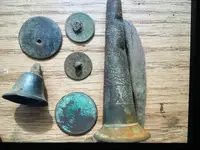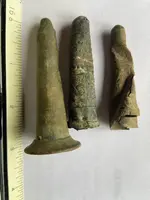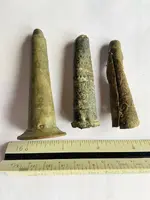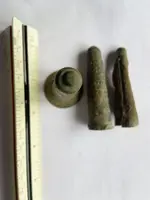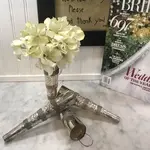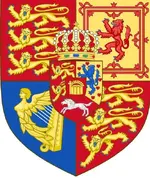- Joined
- Apr 24, 2010
- Messages
- 12,923
- Reaction score
- 27,656
- Golden Thread
- 1
- Location
- Upper Canada 🇨🇦
- 🥇 Banner finds
- 1
- 🏆 Honorable Mentions:
- 3
- Detector(s) used
- XP Deus, Lesche Piranha 35 Shovel & 'Garrett Carrot'
- Primary Interest:
- Relic Hunting
A friend of mine found two of these tips on top of an old fur trade fort site here in Ontario.
The other two tips were found on very old water route fur trade stops, that were not considered to be 'fort sites'.
The consensus seems to be that they're early umbrella tips, but we'd love to hear any additional theories you might have about these.
Personally, I don't think umbrellas would've been used at early fur trade sites.
Thanks very much,
Dave
The other two tips were found on very old water route fur trade stops, that were not considered to be 'fort sites'.
The consensus seems to be that they're early umbrella tips, but we'd love to hear any additional theories you might have about these.
Personally, I don't think umbrellas would've been used at early fur trade sites.

Thanks very much,
Dave



